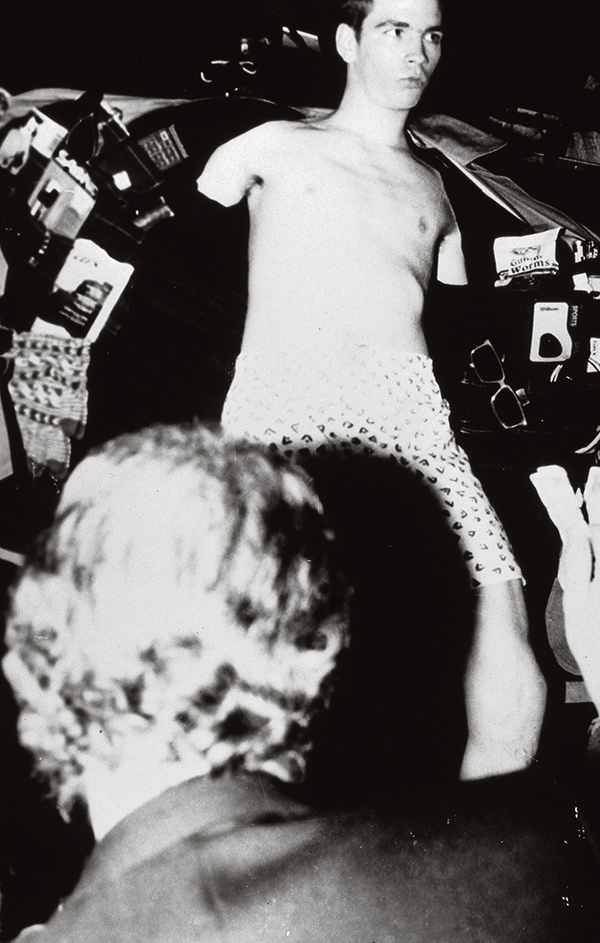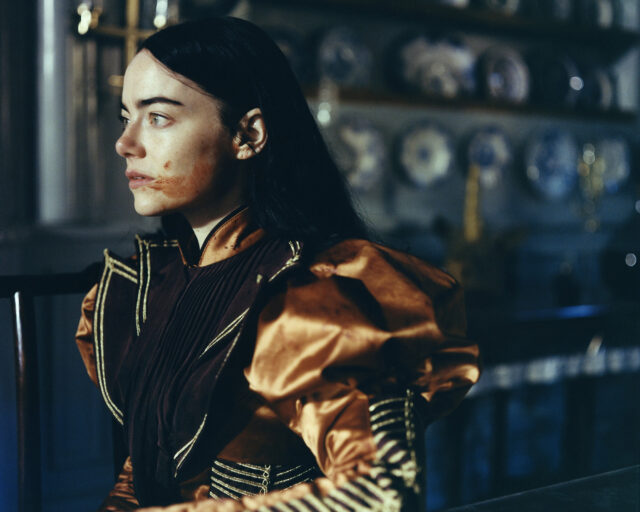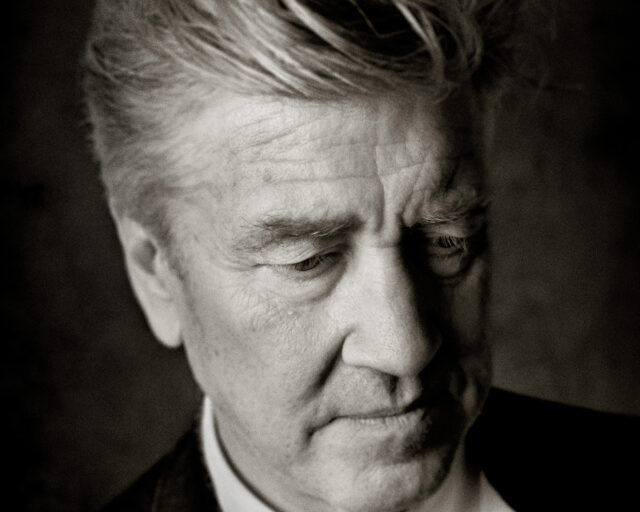The Photographer Behind John Waters's Cult Classic "Pecker"
More than twenty years have passed since the release of John Waters’s film Pecker (1998), which tells the story of an aspiring photographer, played by Edward Furlong, whose deliciously gritty black-and-white images of the characters and happenings in Baltimore’s Hampden neighborhood catch the eye of a New York gallerist. Much hullabaloo follows—critics rave over his debut show; an arts writer calls his friends and family “culturally challenged” in the newspaper; his grandmother Memama appears on the cover of Artforum; the Whitney Museum of American Art offers him a show, to be titled A Peek at Pecker; and, eventually, the great and good of the New York art world end up partying in Baltimore, where Pecker decides to stage his own show. The film remains a cult favorite and one in a long line of movies that buoy the cliché that all photographers are eccentric if lovable outsiders.

Courtesy the artist
The images in the film were the work of then twenty-eight-year-old photographer Chuck Shacochis. Briefly, his life intersected with Pecker’s, going from anonymity to the cusp of success. Before filming, he had served Waters various times at the camera shop where he worked in Baltimore. When Waters sought to book Matt Mahurin to capture Pecker’s images—who, in a happy coincidence, Shacochis had on occasion traveled to New York to assist—Mahurin pointed out that, though he was unavailable, there was an ideal person right there in Baltimore.
“On set, John used to refer to me as the Lana Turner of the film—she got discovered from nowhere,” says Shacochis. Underneath all the lampooning of the snobbism and vapidity of the art world, the film is an American-dream narrative, a story about how anyone can make it with sufficient talent and panache. Pecker’s own nonchalance in the face of all the opportunities promised by New York—“God, I don’t wanna be in Vogue,” he says at one point—is ironic, given that Shacochis was unable to turn the images into a viable career, despite the strength of the work and a succession of calls after the film’s release.
Plans to move to New York, including one to enroll at Pratt Institute, never worked out, often due to family issues or financial restraints. “I had people saying, ‘What’s wrong with you? Why haven’t you turned this into insane fame and fortune?’ That happened a lot, and, for a while, I got bitter about it,” he recalls. Shacochis still lives in Baltimore and continues to make portraits in the Hampden area—his work is tender and less sensationalist than the Pecker images. His pictures, he says, are images of “really quiet, nondescript moments.”

Courtesy the artist
Filming was stressful. While various photographers have produced images credited to fictional photographers in films—Don McCullin for Michelangelo Antonioni’s 1966 Blow-Up and Steve Pyke and Mick Lindberg for Mike Nichols’s 2004 Closer—the Pecker setup was unusual, as Shacochis was taking photographs on set, rather than in advance, and the prints were being used immediately in the film. After a take, he would duck in and make an image, such as that of Pecker’s kleptomaniac best friend, Matt, played by Brendan Sexton III, dancing on a Baltimore bar. (Matt has turned to stripping after being unable to shoplift unchallenged in the wake of Pecker’s fame.)
After shooting, Shacochis’s film would be rushed to a lab, so that it could be returned to him at the end of the day to be printed in his own darkroom through long nights and then presented to Waters the next morning. Sometimes he’d end up with only a couple of usable frames, such as when he was tasked with shooting two rats having sex; “Every day I’d be like, Please God, please God, let there be something here that can work.” Waters wanted the photographs to look deliberately amateur, so Shacochis printed through a piece of glass that he covered in dirt and tea-bag stains. He made about thirty prints in total and was forced to turn all of the negatives over to the producers when filming ended.
Shacochis also found himself tasked with teaching the somewhat chaotic Furlong how to pass as a half-decent photographer: “I spent a while showing him how to use a camera, and how to move around a darkroom like you know what you’re doing so it didn’t look completely ridiculous—because photographers always complain about that kind of stuff in films about photography, and John was really concerned about it.”
Like nearly all of Waters’s movies, Pecker is a love letter to Baltimore. “It’s an amazing place,” says Shacochis, “but it’s also a giant pain in the ass because there is so much possibility here that just never gets realized.”
This article originally appeared in Aperture, issue 234, “Earth.”


























